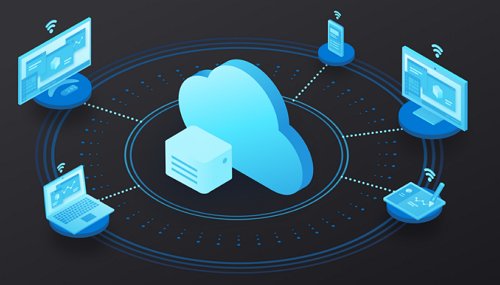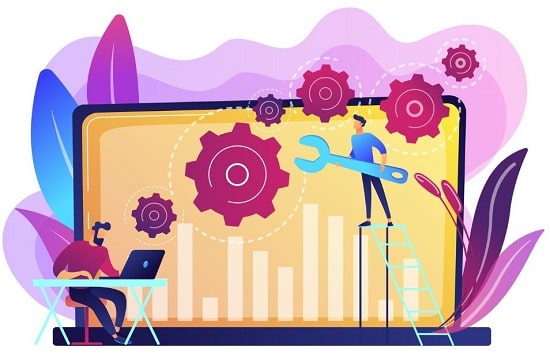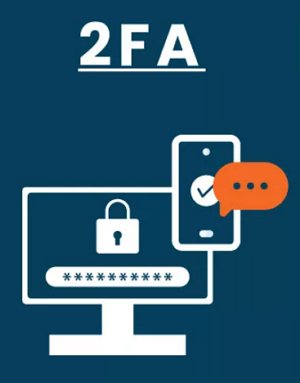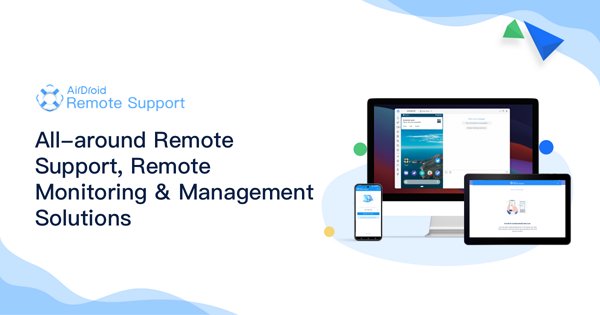What Are Remote Devices? Definition, Management, Security, and Troubleshooting
User convenience is at the heart of every invention. This fine detail of ease is found in the multiple duplex escalators. The same thought is put into ensuring that the menu icons on mobile apps are placed on the left side of the screen. With several more instances, man is moving closer to doing less for maximal results. In fact, he is only a few years old and some inventions away from doing nothing. Yet, control is the way humans make everything else work for them.
Man exerts control through physical force on a remote control device or signaling with body language. The object of the control is often the determining factor. For digital gadgets, the former is the predominant method of control. They are usually controlled by another piece of electronic device over a wireless network. In this article, these remote devices will be examined. Furthermore, we will consider the types, how to maintain them, and best practices when using them.
What Are Remote Devices?
Remote devices are electronic gadgets that are used or controlled by other devices. There needs to be a connection between both devices to possess the features of controlling another device. This wireless connection between two devices is genuine, and the remote device works. For instance, Message Queuing Telemetry Transport (MQTT) is software that ensures wireless connection between devices.

In other cases, the devices use IR sensor connectivity or Wi-Fi protocol. Hence, devices such as smartphones, tablets, and computers with this software can be used as remote devices. In most cases, remote devices are accessed over the Internet.
Common Types and Examples of Remote Devices
Some commonly controlled devices with remotes are TVs, ACs, garage doors, heaters, DVD players, etc. This section will consider remote devices used to control these gadgets.
Remote control: There are custom-made remote-control devices for the devices mentioned above. These remote-control devices are packed with the appliance upon purchase or can be bought from electronic stores. Some common types are infrared (IR) remotes, radio frequency (RF) remotes, Widened remotes, Wi-Fi remotes, and much more.
Phone: With a simple app installed, you can turn your phone to a remote device. Some popular mobile apps are Roku TV remote, Google Home, Yatse, MI Remote controller, Sure Universal smart TV remote, etc. Hence, you can control home appliances with computing devices smaller than a notebook. They usually operate on Android, iOS, and other less popular operating systems.
Tablet: You can have portable electronic devices bigger than phones but smaller than computers. These types of devices can also be used as remote devices.
Computer: Also, you can control another device from your computer through the Internet. There can be an app or a website for users to access control features.
Challenges of Managing and Maintaining Remote Devices
Remote devices are advantageous because you can set them up easily without incurring extra costs. However, there are some challenges when managing these devices. These challenges are discussed below.
Prone to cyberattack: Managing and maintaining remote devices poses a lot of security risks. For instance, there can be unauthorized devices trying to access a connection. Data transfer during the process can be exposed to hack.
High cost: It costs businesses more to manage remote devices in an environment because of the variety of devices. Hence, troubleshooting and installing cybersecurity measures to cater to every device daily can be pricey.
Time consumption: IT teams managing and maintaining remote devices must spend more time. The distance between devices during troubleshooting and data transfer can complicate the process. Hence, it can take longer than it should, with direct interaction and accurate diagnosis.
Efficiency: Speaking of accurate diagnosis, evaluating remote devices is highly ineffective. The reason is that troubleshooting of remote devices depends on the device's state. Hence, an already faulty remote device would not perform efficiently during troubleshooting.
How to Manage Remote Devices
There are different ways to manage remote devices. Hence, this section will take you through the steps of remote device management. Remote device management includes accessing, controlling, monitoring, and managing several devices from one remote device management platform.
Configure: Configuration means to set up a remote device management platform. To do so, you need the target and server devices.
Troubleshoot: IT managers and technicians diagnose the server device without going to the customer or client's location. This step is to identify issues before the client even realizes it.

Discover: The target device sends information about the machine's health to a remote device management platform. Possible issues are identified from the sent report. These issues are categorized based on their severity.
Deploy: An alert commensurate to the identified problem is triggered. Hence, actions necessary to resolve the problem are carried out.
Best Practices to Ensure Remote Devices' Security
Many of the remote devices were not conventionally produced for remote device usage. Hence, this section familiarizes you with the best practices to keep your remote device secure.
Keep the device encrypted: Encryption is a set of rules that enables connection between only paired devices. Hence, devices without authorization will not be able to intercept their connection. A 2FA (Two Factor Authentication) encryption will protect your remote device from cyberattacks.

Installing antivirus: Remote devices can be subject to virus attacks upon connection. You need to install a potent antivirus to secure their safety against virus attacks.
Have a remote device policy: If the device is at home or office, place a policy limiting its use. Remote devices will be after when everyone uses them in the confines of the policy.
Best Solution for Remote Android Devices Maintenance and Troubleshooting
If you want to remotely maintain or troubleshoot your Android device, use AirDroid Remote Support. It is a remote device management tool that provides you with all the configuration, troubleshooting, and solution deployment features.

It will help you get all the reports you need on the device and keep a good record. You can use this solution to attend to more than 100 customers simultaneously. There are other features for you, such as a file management suite, real-time screen sharing, notification handling, AR camera, etc. Below are more features of AirDroid Remote Support that you should know about.
Unattended Access: Control a device without authorization from the user end.
Remote Control and Keyboard: To remotely change settings, operate the remote device, and type on the target device.
Black Screen Mode: Privacy measure for hiding customer screens when being accessed.
Security Policy: End-to-end and multilevel encryption security that keeps all devices safe.
Lightweight Management: You can use the app without any drag on your device's OS.
Rethink Managing Your Remote Devices
Remote control devices are a vital part of humans' everyday lives. With remote devices, employees can perform better in remote or hybrid roles. Likewise, businesses can attend to their customers with ease. Hence, every individual and enterprise need to rethink the management and maintenance of their remote device.
You can keep your customers safe by using remote device management tools such as AirDroid Remote Support. Furthermore, you can help them discover issues on their device and offer solutions even before they realize it.







Leave a Reply.